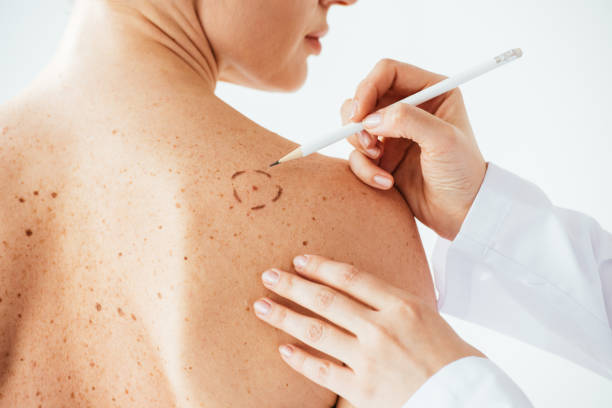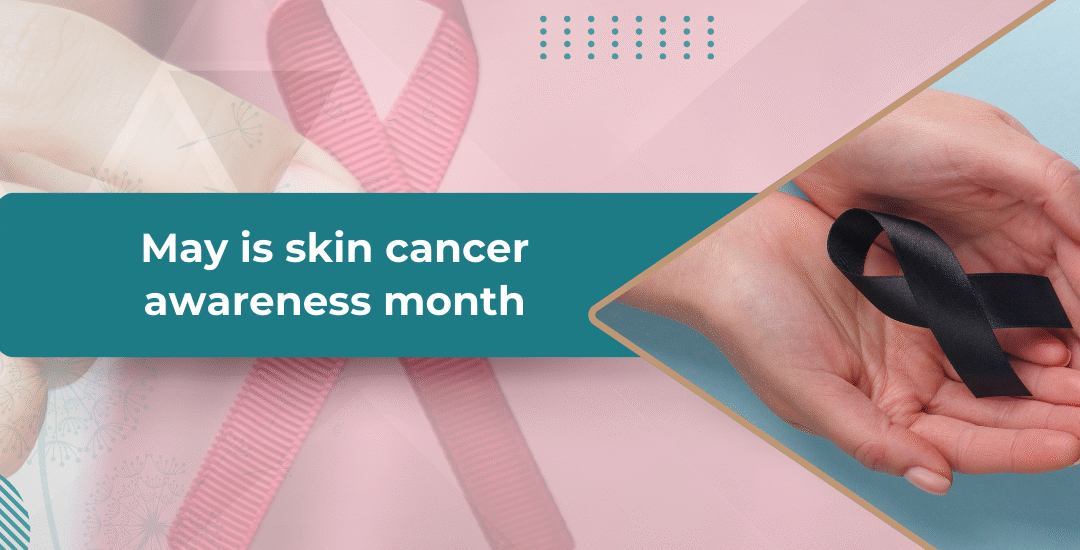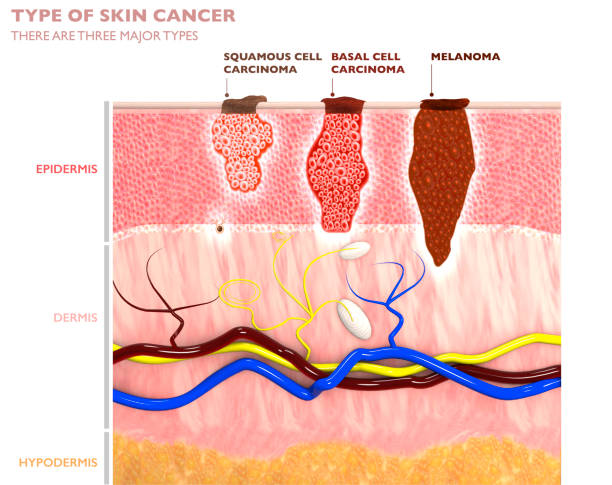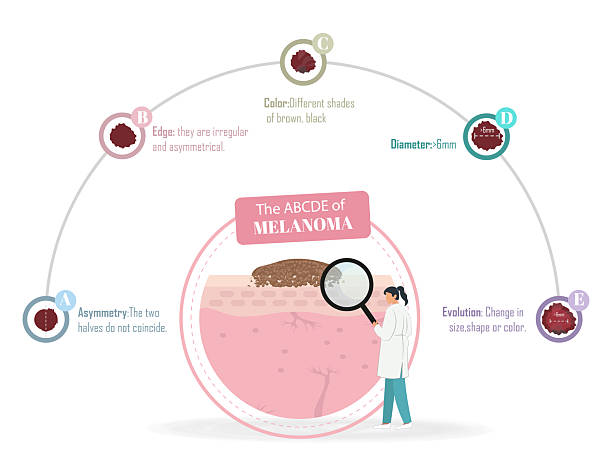Skin cancer is one of the most preventable yet most common types of cancer globally. Despite this, its impact on individuals and families can be life-altering, both physically and emotionally. As per the World Health Organization, 2 to 3 million non-melanoma skin cancers (NMSC) and about 132,000 malignant melanoma (melanoma skin cancers) occur each year worldwide. In India, though the incidence rate is lower compared to Western countries, cases are rising steadily due to increased UV exposure and late diagnoses.
Dr. Swetha P, a prominent dermatologist in Bangalore, says:
“Skin cancer, particularly melanoma, can be life-threatening if ignored. But with awareness, sun protection, and regular skin checks, it becomes a condition we can confront with confidence. I cannot stress enough on how early detection can change outcomes completely. It’s about being mindful, not fearful.”

In this blog, we explore how you can reduce your risks of skin cancer, and the simple steps to take charge of your skin’s health.
Why May Is Skin Cancer Awareness Month?
May was chosen for Skin Cancer Awareness Month as it marks the beginning of summer in many parts of the world — a time when sun exposure naturally increases. It serves as a timely reminder to protect your skin before UV levels reach their peak. Globally, May is also recognized as Melanoma Awareness Month, helping shine a spotlight on this more aggressive form of skin cancer.
In India, public awareness about skin cancer is still emerging. The growing popularity of outdoor activities, changing weather patterns, and increased travel have led to more people being at risk. But awareness often lags behind these lifestyle changes.
The month of May thus becomes a global and local call to action — to wear sunscreen, avoid tanning, and most importantly, stay informed.
Wondering if your skin is showing signs you’ve overlooked? A consultation with a skin health expert can help you understand what’s normal and what’s not — don’t wait for symptoms to grow.
Types of Skin Cancer
The three most common types are:
- Basal Cell Carcinoma (BCC):
Often appearing as a flesh-colored bump or a pink patch, BCC is the most common and least dangerous type. It grows slowly and rarely spreads.
- Squamous Cell Carcinoma (SCC):
Usually found on sun-exposed areas like the face, ears, and hands, SCC may look like a red nodule that’s firm or a crusty flat lesion. It has a higher potential to spread than BCC if not treated.
- Melanoma:
This is the most serious form of skin cancer. Melanoma can develop in an existing mole or appear suddenly as a new dark spot. It spreads rapidly and can become life-threatening if not caught early.
In India, due to the diversity in skin tones and sun exposure, melanomas are often diagnosed later, especially in hidden areas like the soles of the feet or under the nails.
Common Risk Factors You Should Know
Genetics:
A family history of skin cancer significantly raises your chances.
Skin Type:
People with lighter skin are more susceptible, but no one is immune — skin cancer can affect all tones.
Sun Exposure & Tanning Beds:
Frequent sunburns, especially during childhood, and the use of tanning beds increase your risk dramatically.
Weakened Immune System:
Individuals undergoing organ transplants or on immunosuppressive therapy face a higher risk.
Geographic Location:
Living closer to the equator or at higher altitudes means more UV exposure.
Occupational Hazards:
Jobs that involve long hours under the sun, such as farming or construction work, can contribute to risk — a relevant concern in India’s vast rural population.
5 Dermatologists' Tips to Reduce Your Risk for Developing Skin Cancer
Every little bit matters when it comes to protecting yourself from this dreaded disease. Start with these dermatologist-approved tips:
- Use Sunscreen Daily
Apply a broad-spectrum sunscreen with SPF 30 or higher, even on cloudy days. Don’t forget areas like the ears, neck, and feet.
- Wear Protective Clothing
Opt for full-sleeved shirts, wide-brimmed hats, and UV-protective sunglasses, especially between 10 a.m. and 4 p.m.
- Avoid Peak Sun Hours
Stay in shade when the sun’s rays are strongest — particularly during the Indian summer when UV index levels can soar.
- Avoid Tanning Beds
A “safe” tan from a tanning bed does not exist. The UV radiation that is released is strong and dangerous.
- Get Regular Skin Checks
Even if you feel fine, a yearly professional check-up can help spot issues before they become serious.
Each of these small actions, done consistently, can create a powerful shield against skin cancer.
Skin Checks: What to Look For (The ABCDEs of Melanoma)
Skin self-exams are crucial — and here’s what to watch out for, especially in moles:
A – Asymmetry: Irregular shaped.
B – Border: Edges are blurred or irregular.
C – Color: Various or uneven shades of color.
D – Diameter: More than 6mm.
E – Evolving: Fluctuations in color, shape, size, or symptoms like bleeding or itching.
Don’t just look at sun-exposed areas. Examine your scalp, soles, between fingers and toes, and under nails. In India, acral lentiginous melanoma — found in these less visible areas — is more common than you might think.
Conclusion
“Your skin tells your story — it holds signs of your past, your health, and sometimes, your risks. Awareness isn’t about fear; it’s about being informed, proactive, and empowered. By being aware, protecting your skin, and encouraging others to do the same, you become part of a movement that saves lives — starting with your own.”Skin Cancer Awareness Month reminds us of the importance of regular skin checks and early action to protect ourselves and our loved ones. Let this May be the month you commit to skin health, not just for now, but for years to come.
Frequently Asked Questions
Why is skin cancer awareness month in May?
May was chosen to align with the start of summer in many regions, when UV exposure increases. It helps raise awareness before the season with the highest sun risk begins.
How can I check for skin cancer at home?
Use the ABCDE method: Asymmetry, Border, Color, Diameter, and Evolving. Look over your entire body monthly, using a mirror for hard-to-see areas, and track any changes in moles or new growths.
What is the difference between melanoma and other skin cancers?
Melanoma is more aggressive and can spread quickly if untreated. Basal and squamous cell carcinomas are more common and less likely to spread but still require timely care.
How often should I get a professional skin check?
At least once a year, or more frequently if you have risk factors such as fair skin, a history of sunburns, or a family history of skin cancer.
Can skin cancer be prevented?
While not all cases are preventable, most can be avoided through sun protection, avoiding tanning beds, wearing protective clothing, and early detection through skin checks.







